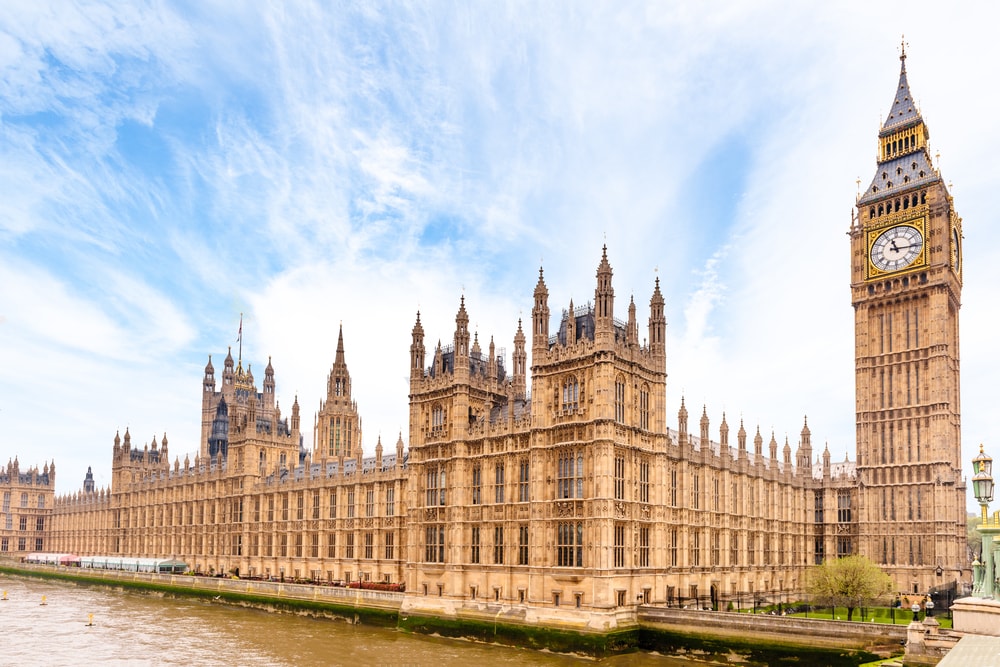Charities have been urged to review their defined benefit (DB) pension arrangements and endgame planning, after analysis from Spence & Partners revealed that funding levels for DB schemes in the charity sector have reached an average of 100 per cent on an FRS102 basis.
The report, based on an analysis of the accounts of 50 large DB schemes run by charities in England and Wales between 30 April 2023 and 31 July 2024, showed a significant increase in the proportion of charities ceasing deficit contributions, with 44 per cent no longer making deficit recovery contributions—up from 26 per cent in the previous year.
For those still contributing, average payments were 1.5 per cent of unrestricted income.
The report also highlighted that yields had risen since last year, and good asset returns on charity investments meant pension schemes shrunk, relative to charity balance sheets.
On a low-dependency funding basis, deficits now average just 10 per cent of unrestricted reserves.
However, due to scheme rule restrictions, only 40 per cent of charities with an accounting surplus recognise it on their balance sheets, suggesting some charities could not access a DB surplus, the report said.
In addition to this, the research found that average scheme running costs have increased by 11 per cent from last year, rising to £500,000—equivalent to 0.3 per cent of liabilities.
Given this, Spence & Partners recommended that charities assess data quality, administration systems, and provider value, estimating that charities could cut pension scheme running costs by as much as 30 per cent through automation, updated governance structures and competitive provider reviews.
Spence & Partners head of charity and not-for-profit, Alistair Russell-Smith, also argued that, with deficit contributions turning off in many cases, there is now an opportunity for charities and their pension scheme trustees to review their DB pension arrangements to ensure the running costs are delivering value for money.
“Consider using pensions dashboards as a springboard to fully embed technology and automation into the administration of your DB scheme,” he continued.
“With the right systems, this can then flow through to the effective use of actuarial technology to comply with the new DB funding regime cost-effectively. Some charities may even be able to access surpluses from their DB schemes with forthcoming regulatory changes.”
Russell-Smith highlighted that the average allocation to ‘growth’ type assets like equities across charity schemes was 27 per cent, a far lower allocation than pension schemes typically had during previous equity market falls.
“Hedging levels are also generally fairly high,” he continued, “meaning most schemes should be reasonably well-insulated from the recent gilt yield volatility.”
“However, these recent market movements will likely have reduced pension scheme funding levels and pushed out timescales until insurance buyout," he added.
“If this means pension schemes will be on charity balance sheets for longer, it’s even more important to ensure the running costs are delivering value for money."
Latest News
-
Pension Scheme Bill amendments and clarity needed, SPP says
-
Pension organisations back £3bn Haweswater upgrade
-
Keeping track of the latest pensions dashboards connections
-
FCA ‘very confident’ Targeted Support proposals will take effect by year-end/early next year
-
State pension set for 'significant uplift'; cost concerns persist
-
This week in pensions: 18-22 August 2025
A changing DC market
In our latest Pensions Age video interview, Aon DC senior partner and head of DC consulting, Ben Roe, speaks to Laura Blows about the latest changes and challenges within the DC sector
Being retirement ready
Gavin Lewis, Head of UK and Ireland Institutional at BlackRock, talks to Francesca Fabrizi about the BlackRock 2024 UK Read on Retirement report, 'Ready or not. How are we feeling about retirement?’
Podcast: Who matters most in pensions?

In the latest Pensions Age podcast, Francesca Fabrizi speaks to Capita Pension Solutions global practice leader & chief revenue officer, Stuart Heatley, about who matters most in pensions and how to best meet their needs
Podcast: A look at asset-backed securities

Royal London Asset Management head of ABS, Jeremy Deacon, chats about asset-backed securities (ABS) in our latest Pensions Age podcast
© 2019 Perspective Publishing Privacy & Cookies












Recent Stories